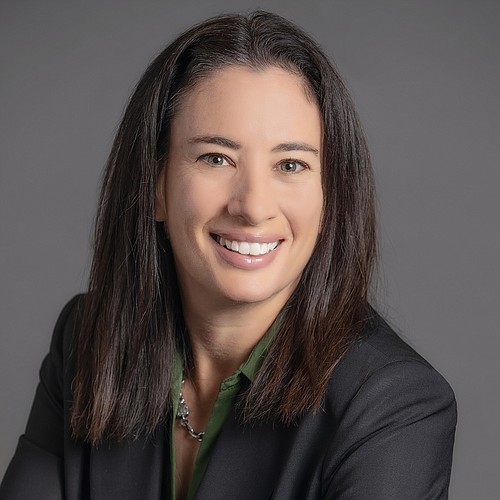
Despite rental vacancy rates nearing record lows and housing sales inventory at a month’s supply, people still are moving South.
Jacksonville is a primary destination, according to Lesley Deutch, managing principal at John Burns Real Estate Consulting in Boca Raton.
The company offers advice on consumer housing trends to builders, landowners and financial institutions along the East Coast.
Deutch, who spoke to the Urban Land Institute North Florida in November, said Jan. 10 that Jacksonville remains a top target for those wanting to change their locale.
She referred to a LinkedIn report that when the pandemic hit, Jacksonville ranked No. 2 behind Salt Lake City as the preferred destination for those moving to a new state.
Jacksonville usually ranked high among Floridians moving within the state, but LinkedIn showed it reached the national level.
“Jacksonville’s suburban communities are incredible. There are tons of amenities. It is still one of the most affordable places in Florida and in the nation even if the prices are up 20%,” Deutch said.
She also referred to a Jan. 6 John Burns report that placed three area master-planned communities – Silver Leaf (11), Nocatee (14) and eTown (37) – among the top 50 selling in the nation last year. Overall, national sales in master-planned communities rose 9% last year to 39,291.
Deutch said North Florida’s many trails and parks are a draw.
The area also allows people to spread out, an attraction for previous urban dwellers who are working remotely and want a backyard.
New residents are willing to make a 45-minute commute if they only have to visit the office once or twice a week, she said.
Deutch predicts that newcomers also will find Clay and Nassau counties as preferable options as long as remote working remains in vogue.
At the same time, space isn’t everyone’s ideal.
People nearing retirement age are opting to leave the workforce. New grandparents are willing to sell their homes and move closer to their grandchildren.
Instead of buying a large home, they are content to rent 700- to 900-square-foot cottages with limited yard space. Some might opt for the detached “tiny home” lifestyle that amounts to a studio apartment without the shared walls.
While those choices are in short supply, Deutch said developers are looking at ways to combine the housing options into larger projects.
Downtown living opportunities will be in high demand as well, she predicts. Her view is that those born in the 1990s are accustomed to being engaged in a social group.
“Empty-nesters may be a bit wary of choosing to live in an urban area. The key is that there are now a lot of people who are rethinking how and where they want to live. There is plenty of demand for different types of dwellings,” she said.
Deutch agreed with other experts that it will be difficult to build a way out of a housing shortage.
She expects a 7% increase in the number of building permits for houses and apartments in Jacksonville.
The Northeast Florida Builders Association reported there were 6,198 building permits issued in Duval County in 2021, an increase of 735, for attached and detached homes, not counting apartment complexes.
In Clay, Duval, Nassau and St. Johns counties, 16,138 permits were issued, up 3,583 from 2020.
Those were the highest since 2005 when 17,753 permits were pulled.
The costs to build will continue to rise. In early 2021, lumber costs more than tripled.
When lumber prices stabilized, prices for other housing components like windows, cabinetry and heating and cooling went up.
Jacksonville also is following a national trend of a construction labor shortage, just as the cost of land continues to rise.
However, Northeast Florida prices can seem like a bargain to urban dwellers from New York, Boston, Chicago and Atlanta who can buy or rent larger properties in Jacksonville at the same price they paid for a one-bedroom apartment.
There remains a challenge, however.
While prices in Jacksonville look appealing to out-of-state residents, some Jacksonville renters struggle to keep up with rising rates.
The question is how to maintain affordable housing for the working middle class.
“This is one of the most challenging aspects of this growth. Municipalities are well aware and are digging in to find solutions,” Deutch said.